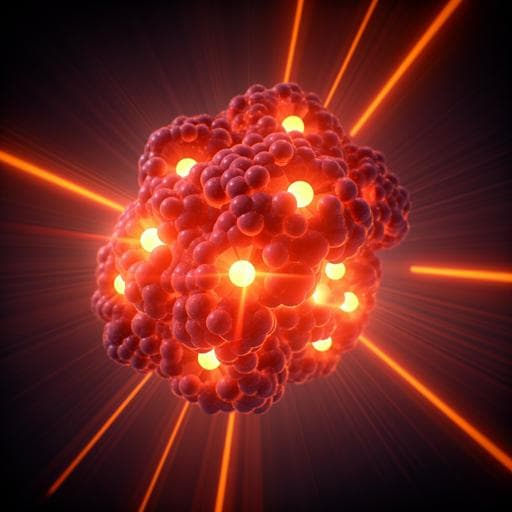
Physics
Aggregation Induced Emission Behavior in Oleylamine Acetone System and its Application to Get Improved Photocurrent from In₂S₃ Quantum Dots
S. Ramya, D. Nataraj, et al.
Discover the groundbreaking research by Subramaniam Ramya and colleagues on the intriguing aggregation-induced emission in an oleylamine-acetone system. This study not only unveils the formation of flower-like aggregates but also shows how they enhance the photocurrent of In₂S₃ quantum dots, achieving significant advancements in charge transport in photoconductor devices.
~3 min • Beginner • English
Related Publications
Explore these studies to deepen your understanding of the subject.







